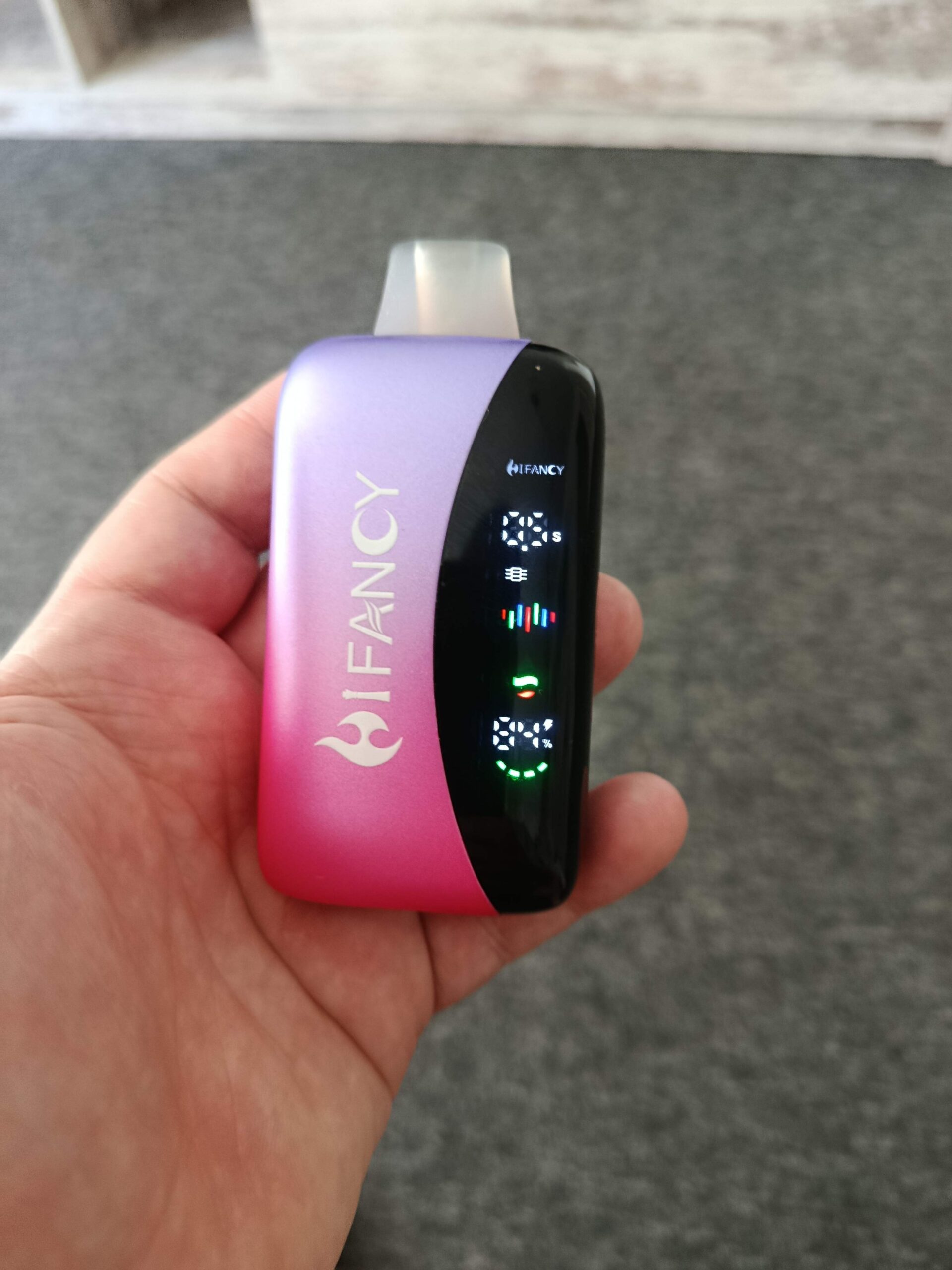Évaluation de l'effet de mise en œuvre des politiques relatives à l'e-cigarette

Evaluating the Effectiveness of Electronic Cigarette Policies: Key Outcomes and Challenges
The implementation of electronic cigarette policies has generated significant debate over their ability to achieve public health goals, reduce youth uptake, and balance industry interests. While some regions report measurable progress, others face persistent challenges tied to enforcement, behavioral shifts, and unintended consequences. Below, we analyze the outcomes of major policy frameworks across three critical dimensions.
Impact on Youth Vaping Rates and Accessibility
One of the primary objectives of electronic cigarette regulations has been to curb use among adolescents, who are particularly vulnerable to nicotine addiction and long-term health risks. Policies such as flavor bans, age verification requirements, and restrictions on marketing have shown mixed results in achieving this goal.
In regions where comprehensive flavor bans are enforced, studies indicate a temporary decline in youth vaping rates, particularly for fruit- and candy-flavored products. However, these reductions often plateau or reverse over time as users switch to tobacco-flavored alternatives or unregulated black-market products. For example, data from some U.S. states reveal that while flavor restrictions initially reduced adolescent vaping, the decline was not sustained, suggesting that broader factors—such as peer influence or social media trends—continue to drive usage.
Age verification systems, including in-person checks at retail stores and online platforms, have also faced limitations. While these measures reduce accidental sales to minors, many young users report obtaining electronic cigarettes through informal channels, such as friends, family, or illicit sellers. This highlights the need for complementary policies targeting social supply chains and digital marketplaces.
Marketing restrictions, including bans on advertising near schools or on platforms popular with teens, have had some success in limiting exposure. However, the rise of influencer marketing and user-generated content on social media complicates enforcement, as regulators struggle to monitor decentralized promotional activities.
Shifts in Adult Smoking Behaviors and Public Health Outcomes
Electronic cigarette policies are often framed as tools to support smoking cessation and reduce harm from combustible tobacco. However, their effectiveness in this area remains contentious, with outcomes varying by population and policy design.
In some countries, policies promoting electronic cigarettes as cessation aids—such as subsidies for vaping devices or partnerships with healthcare providers—have coincided with modest increases in quit rates among smokers. For instance, surveys in regions with supportive regulations report that a small but growing percentage of adults use electronic cigarettes exclusively as a step toward quitting nicotine entirely. Critics, however, argue that these gains are offset by dual use, where individuals continue smoking traditional cigarettes while vaping, potentially maintaining or even increasing their exposure to toxins.
Public health campaigns emphasizing the risks of electronic cigarettes have also influenced adult perceptions. While some smokers view vaping as a safer alternative, others report heightened skepticism due to conflicting messaging from authorities and media coverage of vaping-related illnesses. This confusion may discourage transitions away from smoking, particularly among those with limited access to accurate information.
Taxation policies, which treat electronic cigarettes similarly to tobacco products, have further complicated the landscape. Higher prices can reduce vaping initiation among non-smokers but may also make electronic cigarettes less attractive as a cessation tool for low-income smokers, potentially widening health disparities.
Economic and Industry Consequences of Regulatory Frameworks
Electronic cigarette policies have reshaped market dynamics, with implications for employment, innovation, and consumer choice. While intended to protect public health, some measures have inadvertently impacted legitimate businesses and economic activity.
Flavor bans and marketing restrictions have disproportionately affected small and medium-sized enterprises (SMEs), which often rely on niche products or localized advertising to compete with larger firms. In regions where these policies are strictly enforced, many retailers report significant declines in revenue, leading to store closures or layoffs. Conversely, larger manufacturers with diversified portfolios—including tobacco-flavored products or non-nicotine alternatives—have adapted more easily, consolidating their market dominance.
Innovation has also slowed in heavily regulated environments. Pre-market approval processes and ingredient disclosure requirements demand substantial investments in research and testing, discouraging startups and independent developers from entering the market. This has led to concerns about reduced competition and fewer options for consumers seeking safer or more effective vaping technologies.
On a global scale, policy divergence has created challenges for multinational companies operating across jurisdictions. Discrepancies in standards for product safety, labeling, and sales channels require firms to navigate complex compliance landscapes, increasing operational costs and reducing efficiency. Some companies have responded by relocating production facilities or focusing on markets with lighter regulations, altering the geographic distribution of the industry.
Enforcement Gaps and the Rise of Unregulated Markets
A persistent challenge across all policy areas is the difficulty of enforcing regulations in a rapidly evolving industry. Despite efforts to standardize oversight, many regions lack the resources or legal frameworks to monitor compliance effectively.
For example, online sales of electronic cigarettes remain a major loophole in many countries, where anonymous transactions and cross-border shipping make age verification nearly impossible. Similarly, the proliferation of disposable vaping devices—often marketed as discreet and affordable—has complicated tracking and taxation efforts, enabling users to bypass restrictions on refillable products.
The growth of unregulated markets poses additional risks to public health. Black-market products frequently contain unknown or harmful ingredients, lack safety certifications, and are sold without age restrictions. In some cases, these items have been linked to severe health incidents, undermining trust in both regulated products and policy interventions.
Regulators are increasingly collaborating with international bodies to address these gaps, sharing best practices and harmonizing standards. However, progress remains slow, and many experts argue that stronger penalties for non-compliance and greater investment in enforcement infrastructure are needed to protect consumers effectively.
The effectiveness of electronic cigarette policies hinges on their ability to adapt to changing scientific evidence, consumer behaviors, and industry tactics. While some measures have succeeded in reducing youth access or shifting adult smoking patterns, persistent challenges—such as enforcement gaps, economic disruptions, and unintended consequences—highlight the need for ongoing evaluation and refinement. As governments continue to refine their approaches, balancing public health priorities with practical considerations will remain critical to achieving meaningful, sustainable outcomes.









